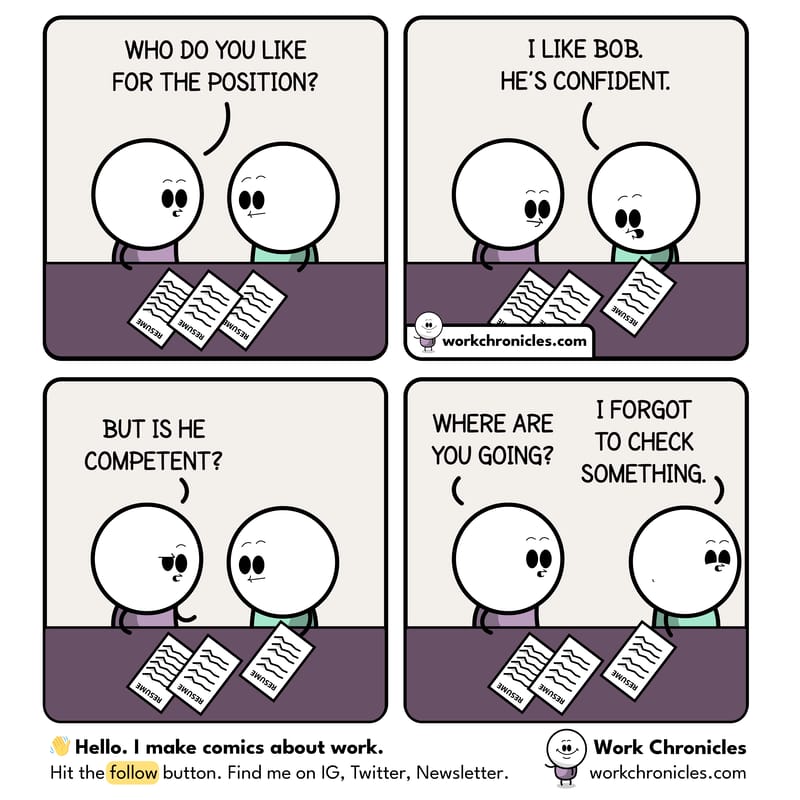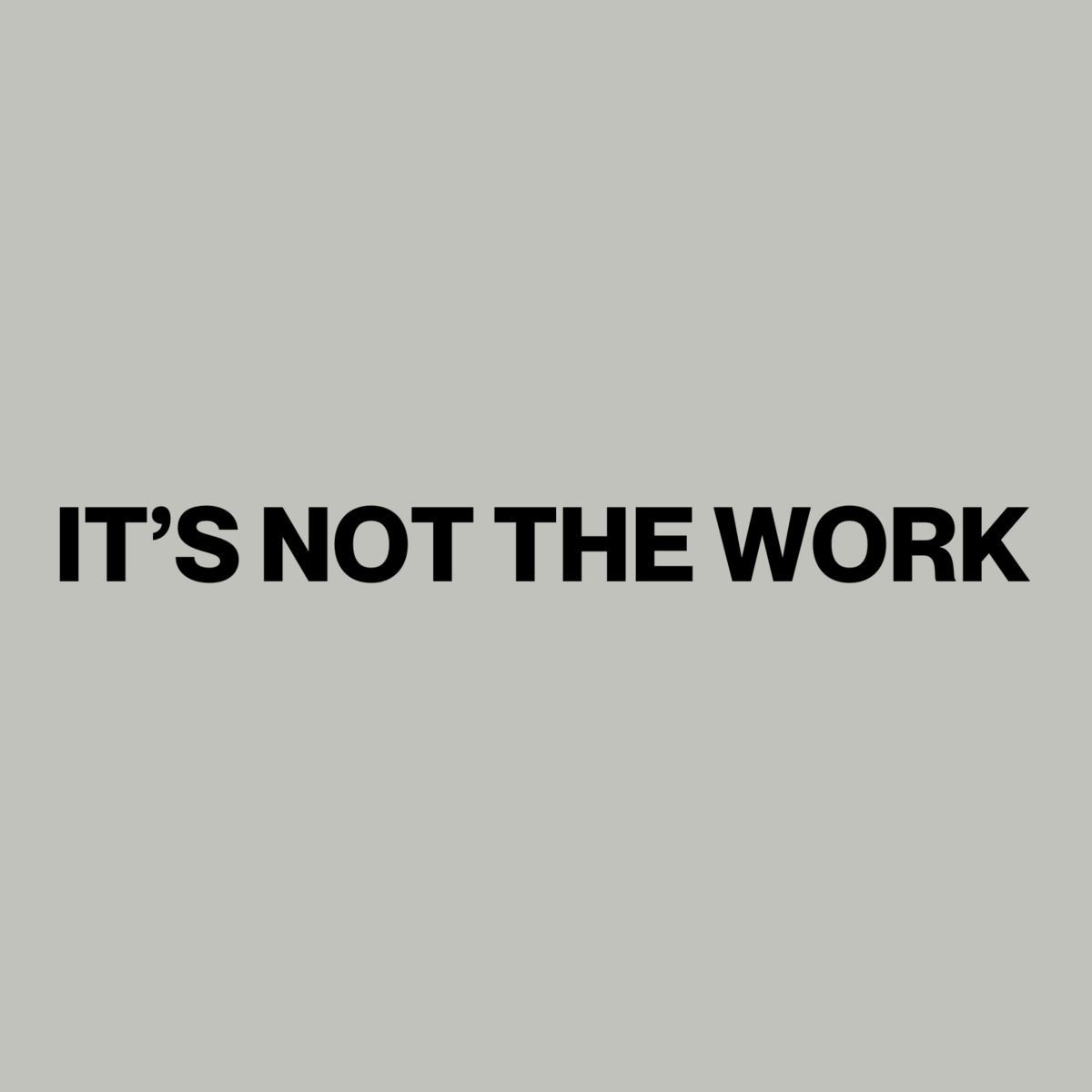Hi, I’m Nithya Sudhir. I collect words, chase patterns, and write about whatever makes me curious.
It’s Tuesday.
Someone forwarded this? 💌Subscribe to get it fresh, every Tuesday.
Missed an issue? 💬Catch up on past essays.
Curious what else we’re building? 💡Insane Media lives here.
Want your campaign in front of our users? 📌Reach out here.
Looking to join the convo? 📲Follow along on Instagram.
Lipsticks and Love Stories: How Two Women Sent Cash Registers Ringing
If you suddenly found yourself rifling through resale sites, hunting down a yellow-gold Cartier Santos Demoiselle, after seeing Taylor Swift’s engagement photo saturate your feed — don’t worry, you weren’t alone.
Maybe you didn’t even intend to buy; maybe you just wanted to look.
But that impulse, that tug of curiosity, is the quiet machinery of psychology at work.
And if Beyoncé’s “halo, halo, halo” started looping in your head while you scrolled?
Even better. Because that’s exactly where this story begins.
You’ve been caught in the Halo.
🤝 Supported by RevLifter
Most eCommerce sites waste promotion budgets on customers who would buy anyway. RevLifter's smart targeting shows the right offer to the right visitor at the right time, turning more browsers into buyers while protecting your margins.
All That Shines Is Not Glitter… Or Is It?
One photograph. One ring. One watch. And suddenly the entire universe around Taylor Swift shimmered with new desirability.
Cartier felt more covetable, Ralph Lauren more elegant, luxury itself more within reach.
You didn’t consciously decide that — your brain did it for you.
This is called the Halo Effect.
The Halo Effect is a perception error — our brains take one positive trait and let it color everything else.
The same trick that makes us believe that if a website is beautifully designed, then the product must be of high quality. Or a well designed restaurant must serve great food, or that an articulate speaker must also be trustworthy.
It’s why people rate attractive people as having a better personality and as being more knowledgeable.
⚡ Flashback:
In a 1920 study, psychologist Edward Thorndike asked commanding officers to rate their soldiers on a host of traits: physique, intelligence, leadership, character.
The officers hadn’t met the soldiers. They were judging largely from appearance.
Thorndike noticed something unsettling: the ratings bled together.
If a soldier was tall or good-looking, he was also judged to be smarter, braver, more dependable.
The conclusion was stark: we don’t evaluate traits in isolation; we let one quality define the whole person.
Remember, the opposite is true too. (Less commonly called the Horn effect.)
And here’s the kicker: once our brains make that judgment, we double down.
We seek out information that confirms our first impression and quietly ignore (or reinterpret) anything that contradicts it.
Studies have shown that when the same food products are labeled either “organic” or “conventional,” the “organic” products receive higher ratings and consumers are willing to pay more for them.
Why does this happen?
Simply, because it's efficient.
Our brains don’t process people like spreadsheets — we build quick stories.
We grab onto one standout trait and let it color the rest.
This week, two cultural icons proved just how powerful that glow can be.
Taylor Swift and Travis Kelce’s engagement wasn’t just a cultural moment — it was an economic one.
The Cartier Santos Demoiselle watch on her wrist (a discontinued yellow-gold model, diamond-encrusted) sent resale demand through the roof.
Vintage dealers logged hundreds of inquiries; similar models sold out in 24 hours.
American Eagle, via Kelce’s Tru Kolors collab, saw its stock bump nearly 5%.
And this is after their controversial ‘Genes’ ad campaign, which we covered in our previous issue. Check it out!
Ralph Lauren, which dressed the couple, saw its dress sell out.
Even jewelers like Signet and fashion houses like Louis Vuitton rode the wave as engagement searches spiked.
Victoria Beckham’s beauty line closed the year with £113 million in revenue — a 22% year-over-year jump. Hero products like her £37 “Posh” lipstick and kohl eyeliners fly off shelves, one selling every 30 seconds in the UK.
But it isn’t pigment alone moving those units. It’s Beckham herself.
Her Instagram tutorials, her curated aesthetic, her long-cultivated aura of refinement—that’s the glow customers are really buying.
How can brands use the halo effect?
Lead with a hero: one flagship product sets the tone for everything else.
Put a face on it: founders and personalities make the brand feel human and credible.
Own a moment: create iconic experiences that lift the whole menu.
Borrow the glow: partner with people or events that already shine.
Protect the shine: when the halo cracks, the whole brand dims.
Taylor Swift and Victoria Beckham didn’t just have good weeks; they reminded us that the bias is simple, but the consequences are staggering: when one glow shines, everything around it looks brighter.
How's the depth of today's edition?
As always, hit reply if something in here hits home.
See you next week,
Nithya
P.S. If you want to get a case study about your own brand, reply to this email. If you’d like to reach our newsletter audience (founders, creators, and marketers), click the button below.
If you’re new here, I’m over the moon you’ve joined us! To help me craft content that’s actually useful (and not just noise in your inbox), I’d love it if you took 1 minute to answer this quick survey below. Your insights help shape everything I write.
Insane Media is more than one voice
💡 Dive into our other newsletters - where psychology meets the founders, creator economy, Human resources and AI trends.
<img src='https://www.vpdae.com/open/1ec5df22.gif?opens=1' width='1' height='1'>







